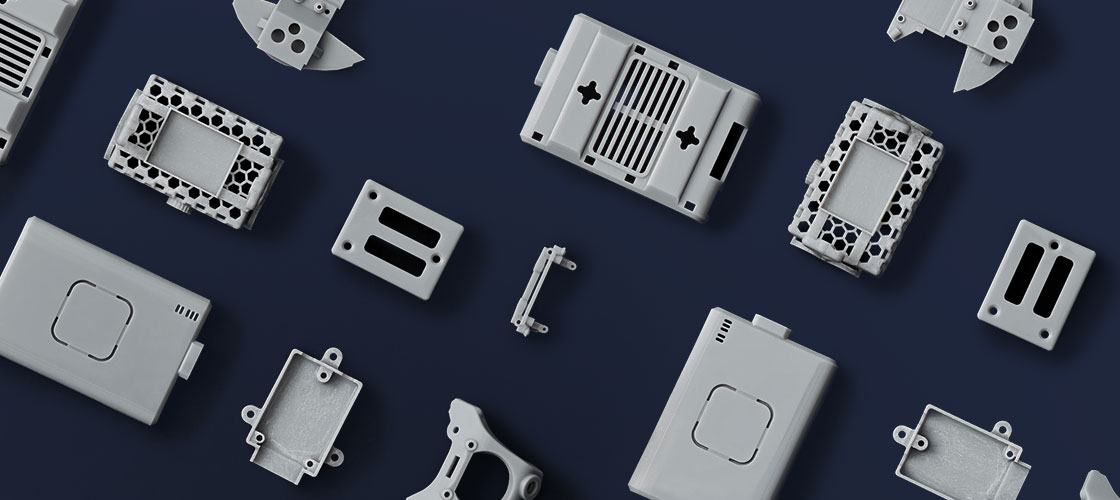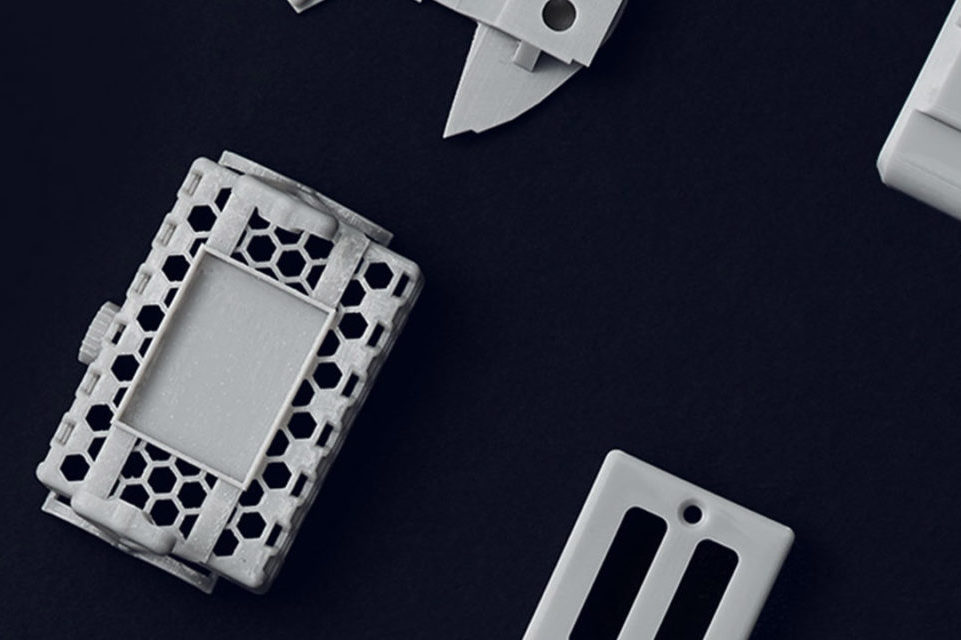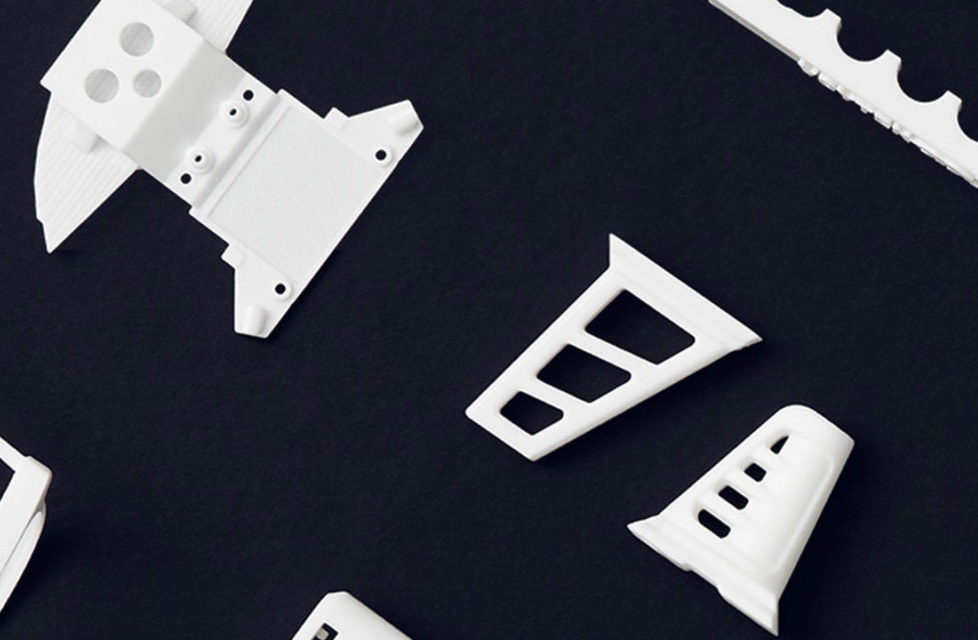
Delve further into this blog to learn about:
- The origins of stereolithography (SLA), and why it is still considered such a powerful form of 3D printing today.
- The scalability of 3D printing with advanced SLA technology and advanced materials.
- How Accura 60 possesses similar properties to popular materials like molded Polycarbonate (PC).
- Why Accura Xtreme is an excellent choice for creating master patterns used in injection molding.
- When to turn to materials like Accura Xtreme 200 for tough parts.
Stereolithography (SLA) is notably the oldest form of 3D printing, per the historical days of pioneers like Chuck Hull and other engineers looking for better ways to perform rapid prototyping and improve product development. Like Selective Laser Sintering (SLS), this is still one of the most respected and powerful forms of technology which has continued to advance along with the entire additive manufacturing industry, widely used for creating 3D models, master patterns, and functional parts.
For designers and engineers who understand how to lean into the many benefits of SLA, the results can be impressive for manufacturing precise, high-quality industrial parts that require smooth surface finishes and more intricate detail than others; in fact, that is one reason industrial users may use SLA as a go-to technology over SLS—when seeking intense detail and dimensional accuracy. SLA 3D printing can also be used as an accompaniment to more conventional manufacturing practices like injection molding, 3D printing the molds for making a versatile range of industrial parts.
Understanding SLA 3D Printing Technology
Settled into the vat polymerization category—along with direct light processing (DLP)—SLA relies on lasers and resin to build 3D printed structures. A powerful laser solidifies, or cures, each thin layer of liquid resin deposited onto the build platform at the top of the resin tank. As the platform moves up and out of the resin tank, the part is 3D printed in a repetitive process building the part layer by layer.
A high-powered laser beam traces or draws the design of the part in each layer, which then solidifies, or cures, due to the heat of the laser. The average layer height in SLA 3D printing is about 100 microns, with a minimum of 25 microns. The potential for accuracy and precision are hard to top—especially when enhanced by advanced materials from Shapeways. Strong adhesion is another huge benefit stemming from SLA, creating an excellent foundation from the start in each print, and eliminating worries over structural integrity later.
SLA 3D printing is also appealing to Shapeways customers because it is so scalable, offering the ability to manufacture small, intricate, but accurate parts—as well as larger structures with much greater build volumes and the same fantastic surface quality.
SLA 3D Printing Materials

Accura® 60
As trends continue toward highly industrial, critical applications, Shapeways customers turn to advanced SLA materials like the following: This clear plastic produces rigid and durable parts with similar properties to molded Polycarbonate (PC). It has the ability for fine details making it apt for tough, functional prototypes, lighting components, medical instruments and fluid flow and visualization models.

Accura® Xtreme™
A material with similar physical properties to polypropylene and ABS, Accura® Xtreme is an ultra-tough grey plastic with outstanding durability, accuracy, moisture and thermal resistance and the ability for great detail. It is ideal for snap fit assemblies, enclosures for consumer and electronic products, master patterns for vacuum casting, and general purpose prototyping.

Accura® Xtreme™ 200
This white plastic is the toughest SLA material available and can replace CNC-machined polypropylene and ABS articles. It is perfect for projects that must withstand extreme, harsh conditions making it ideal for challenging functional assemblies. It can be applied to similar projects as Accura Xtreme as well projects that demand the highest durability like automotive parts, drill/tap applications, assemblies with self-tapping screws, enclosures for consumer electronic components, general purpose prototyping, and master silicone molding.
Applications Suitable for SLA Materials
All three of these SLA materials produce rigid, robust parts that resist breakage and are durable enough to create functional parts as well as provide excellent detail and accuracy. SLA Plastics are printed on large format 3D printers which is great for creating more sizable parts for visual prototypes, short-run production, and mass customization including specific applications such as:
- Master patterns for vacuum casting
- Shell investment casting patterns for metal casting
- Complex assemblies
- Wind tunnel models
- Rapid production of flow test rigs
- Mass customization production (orthodontic, dental)
- Custom assembly jigs and fixtures
These materials have a larger build volume than standard SLA technology, which means your projects will have less limitations. Following through on your latest innovations all begins with that first upload! Create an account with Shapeways and upload a 3D model now, along with receiving an instant quote.
Support Structures and Post Processing for SLA 3D Printing
SLA 3D printing does not end with the 3D printer. Support structures are always required for SLA 3D printing, but with proper design and part orientation, they can be reduced as much as possible. These types of structures are much thinner in SLA 3D printing, and although dealing with them in post-processing can be a slight hassle, their presence allows for greater latitude in creating complex geometries and expanding innovation.
Supports aid in stabilizing complex geometries during printing, along with protecting models that may include overhangs extending outward from the design. Supports keep models 3D printed with SLA in place on the print bed, offset high temperatures in some cases, prevent warping, curling, and sagging, and overall, reduce the potential for misshapen or collapsed prints.
Ultimately, post processing presents the opportunity to finish parts with impressive quality. Before removing supports, each SLA part is washed clean of extra material, typically employing a bath of one or more solvents to remove unwanted resin. Parts must dry completely, and then can be post-cured with UV light and higher temperatures to ensure the highest quality in finish and mechanical properties too. Supports are removed with caution, however, models may still bear marks left over from removal. They can be easily sanded away at the end of the post-processing phase though.
About Shapeways
Shapeways has worked with over 1 million customers in 160 countries to make over 21 million parts! Read about case studies, find out more about Shapeways solutions, and get instant quotes here. Contact Shapeways now to enjoy the benefits of advanced technology and materials for 3D printing with accuracy, complex detail, and no limits in terms of mass customization or single part orders.


